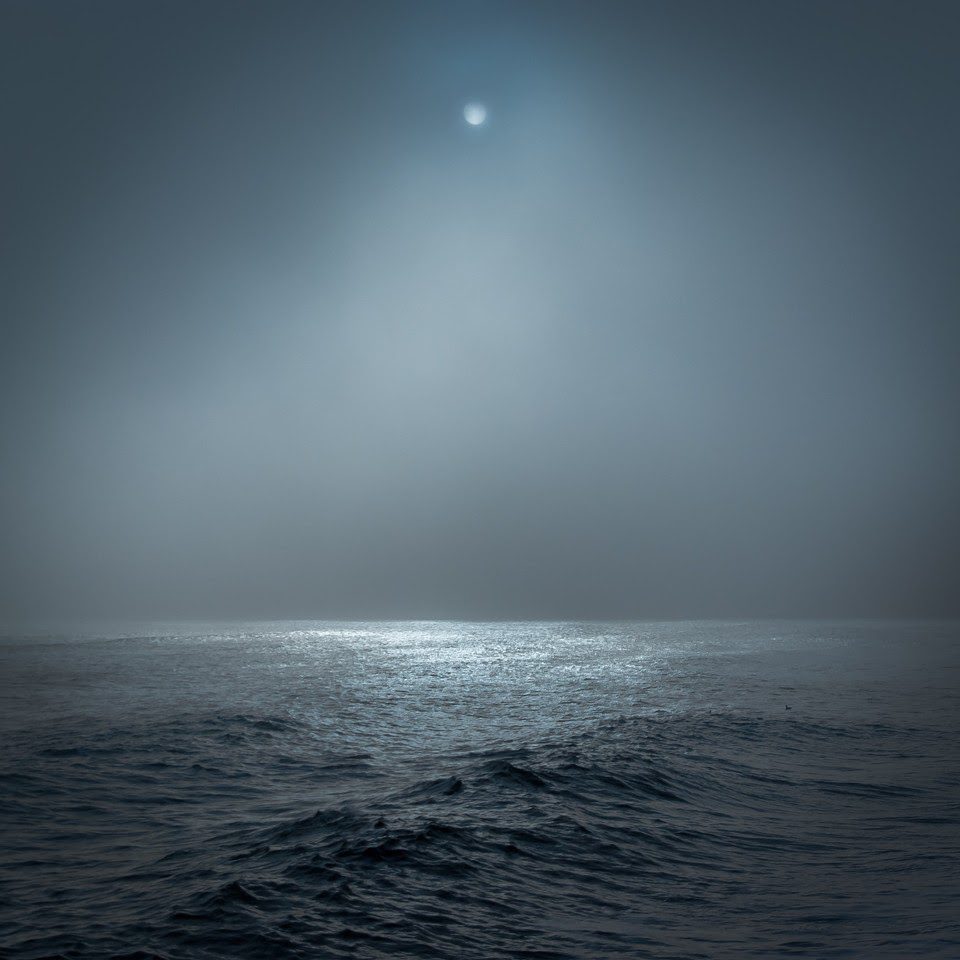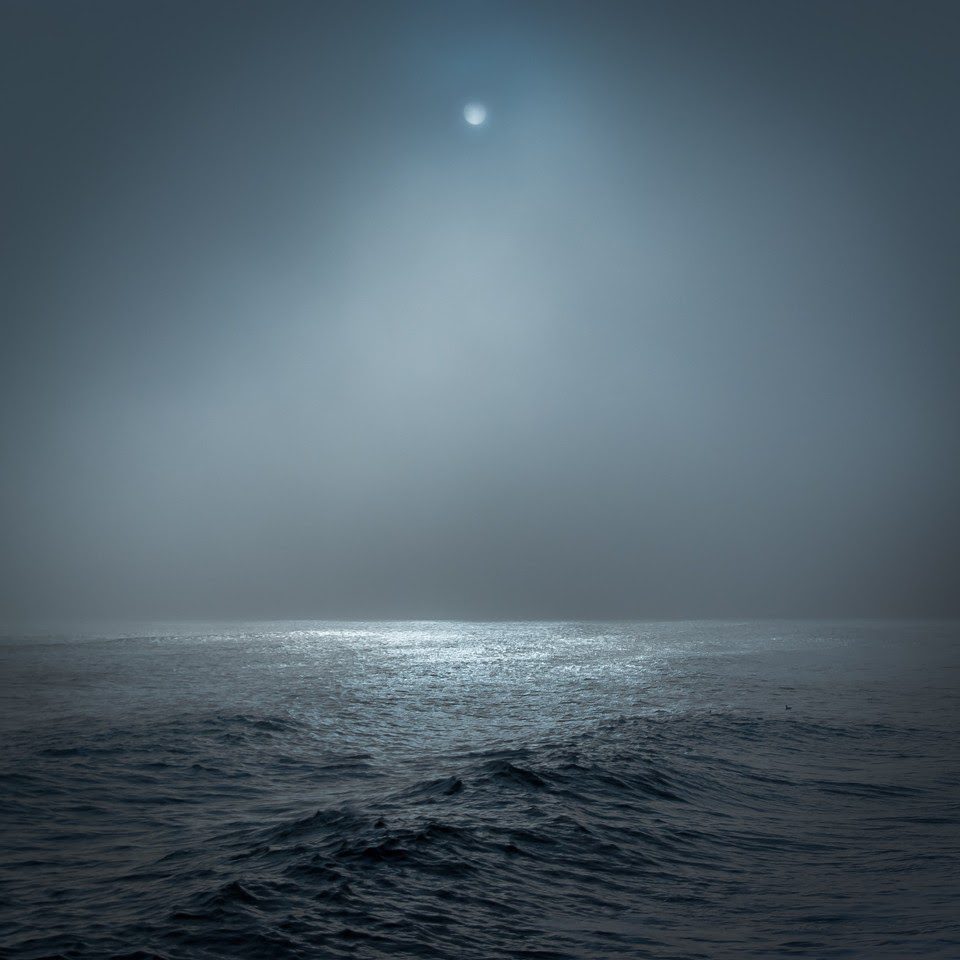
Just when we thought 2020 could not possibly have more surprises, scientists discovered water on the Moon, after suspecting for years it might be hiding there. We know that with God, all things are possible. So what’s so surprising about this revelation, and what does it mean for us here on Earth?
On October 26, NASA announced its modified Boeing 747SP jetliner named SOFIA (Stratospheric Observatory for Infrared Astronomy) had discovered water in a crater on the sunlit surface of the Moon. Given the SOFIA Telescope is usually directed at “distant, dim objects such as black holes, star clusters, and galaxies,” this sighting is something out of a miracle – found in the backyard of a next-door neighbor bright and close as can be. What is even more intriguing is it was detected during a test run. As Naseem Rangwala, one of the project scientists, told NASA: “it was, in fact, the first time SOFIA has looked at the Moon, and we weren’t even completely sure if we would get reliable data, but questions about the Moon’s water compelled us to try.”
Although the discovery itself could fill no more than a 12-ounce bottle,100 times less than the amount of water found in the Sahara Desert, it is enough to ignite every child’s innermost dreams of interstellar space travel. The discovery inspires future generations of astronauts and pulls them into the worlds of Star Wars, the Marvel Cinematic Universe, or Disney’s underrated masterpiece Treasure Planet. At the same time, it provides positive reinforcement for NASA’s real plans to send “the first woman and next man” to the moon in 2024 under the Artemis program before launching more prolonged exploration in the following years. The ramifications of this unearthing will be equally felt at home as out in space.
The implications for our planet cannot be understated. For a substance so essential to our survival, covering 71% of the Earth’s surface, it is surprisingly hard for certain regions and groups to access water by sanitary sources. Forty percent of the global population is impacted by water scarcity, which led the United Nations to prioritize access to clean water in its Sustainable Development Goals for 2030. It is easy to understand how the element came to be so cherished. There is no other material we need so greatly in order to live. It allows for vital nutrients to be transported at the cellular level. Doctors recommend we gulp down a few liters per day. Locating new sources of water, therefore, is no small news. When such an uncovering occurs outside of Earth’s atmosphere, the news is astronomically more significant. The intrigue of this water also stems from the specific site where it was spotted on the Moon.
The Clavius Crater, where the water was found, takes its name from German Jesuit Christopher Clavius, S.J.. It is one of 34 craters on the Moon named after the Jesuits due to their impact in the field of astronomy. Even for a man who believed the rest of the galaxy rotated around our comparatively tiny world, Clavius made critical contributions to the modern Gregorian calendar influencing everyone’s celestial hero, Galileo. His identity as a member of the Society of Jesus, in particular, is key in this tale.
The Jesuits have long been called on “to reach those physical and spiritual places which others do not reach or have difficulty in reaching,” in the words of Pope Benedict XVI. Even centuries after his death, Clavius is still doing so through this crater, making a few ounces of water symbolic for the Christian faith. Just as we can find God in the natural world around us here on Earth, we can also find Him in outer space.We must respect and protect the gifts He provides here on Earth, and there as well.
We should graciously accept this gift from God and allow this moment to propel us toward further exploration. This knowledge will open the doors to expanding and preserving this vital resource, augmenting supplies for future missions. It may even spark a lunar outpost one day — the kind of advances Christopher Clavius could have only dreamed. Purifying moon water into drinkable water; converting it back into oxygen; even fueling agriculture on the Moon — the possibilities are endless.





 Copyright
2024
Root and Vine
Copyright
2024
Root and Vine